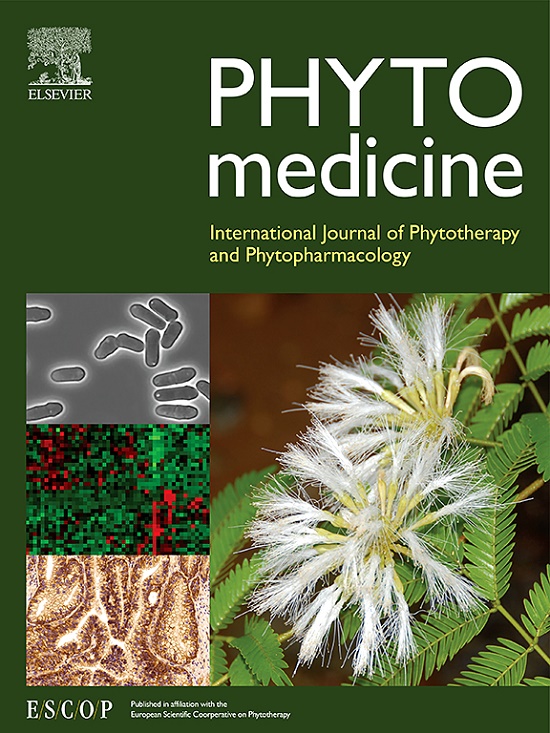Uncovering the underlying mechanism of yuanhuacine against colorectal cancer by transcriptomics and experimental investigations
IF 6.7
1区 医学
Q1 CHEMISTRY, MEDICINAL
引用次数: 0
Abstract
Background
Colorectal cancer (CRC) holds the third position in terms of incidence and ranks behind lung cancer in terms of mortality worldwide. Yuanhuacine, one of the main active ingredients of genkwa flos, has demonstrated promising application prospects in the field of cancer treatment. However, its underlying mechanism against CRC has not been fully clarified.
Purpose
This study aimed to investigate anti-tumor activity of yuanhuacine and clarify its underlying mechanism in CRC.
Methods
CRC HCT116, HT-29, Caco-2, SW480, and LS174T cells were used to assess the in vitro anti-tumor activity of yuanhuacine by cell viability, proliferation, apoptosis, cycle distribution, migration, and colony formation assays. Meanwhile, an HT-29 xenograft mouse model was successfully constructed to investigate the anti-tumor effect of yuanhuacine in vivo. Transcriptomic assay and network pharmacology were applied to explore the underlying mechanism of yuanhuacine in combating CRC, which was further verified by quantitative reverse transcription polymerase chain reaction, western blot. The interaction of yuanhuacine with protein was performed by molecular docking, molecular dynamics simulation, and cell thermal shift assays.
Results
Yuanhuacine significantly induced apoptosis and reduced viability of CRC cells with IC50 values ranging from 28.09 to 56.16 μM. Moreover, it suppressed the colony formation ability of CRC cells and inhibited the expression of proliferation marker Ki67 in CRC cells and tissues. Meanwhile, the impairment of cell migration by yuanhuacine has been identified by wound healing assay and transwell migration assay. Furthermore, cell cycle assay showed that yuanhuacine resulted in significant G2/M phase arrest. Yuanhuacine significantly inhibited the tumor growth of HT-29 xenograft mice without obvious pathological changes in major organs. Mechanistically, the differentially expressed genes were enriched in cell cycle by both Kyoto Encyclopedia of Genes and Genomes and Gene Ontology enrichment analyses. The mRNA and protein expressions of PLK1, CCNA2, and TTK were inhibited by yuanhuacine. Cell thermal shift assay further validated the direct interactions between yuanhuacine and each of PLK1, CCNA2, and TTK. The anti-proliferation activity and cell cycle arrest induced by yuanhuacine were reversed by overexpression of PLK1.
Conclusions
Yuanhuacine is a promising candidate compound in combating CRC by inhibiting proliferation of CRC cells. The major underlying mechanism involves regulating PLK1, which results in G2/M phase arrest.

求助全文
约1分钟内获得全文
求助全文
来源期刊

Phytomedicine
医学-药学
CiteScore
10.30
自引率
5.10%
发文量
670
审稿时长
91 days
期刊介绍:
Phytomedicine is a therapy-oriented journal that publishes innovative studies on the efficacy, safety, quality, and mechanisms of action of specified plant extracts, phytopharmaceuticals, and their isolated constituents. This includes clinical, pharmacological, pharmacokinetic, and toxicological studies of herbal medicinal products, preparations, and purified compounds with defined and consistent quality, ensuring reproducible pharmacological activity. Founded in 1994, Phytomedicine aims to focus and stimulate research in this field and establish internationally accepted scientific standards for pharmacological studies, proof of clinical efficacy, and safety of phytomedicines.
 求助内容:
求助内容: 应助结果提醒方式:
应助结果提醒方式:


